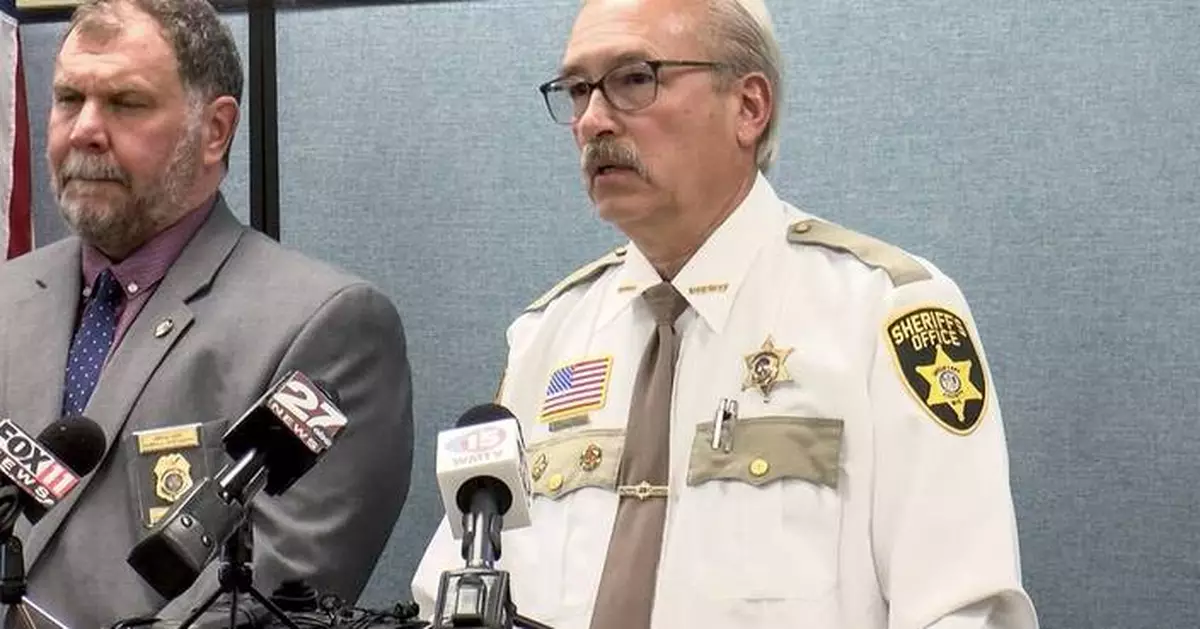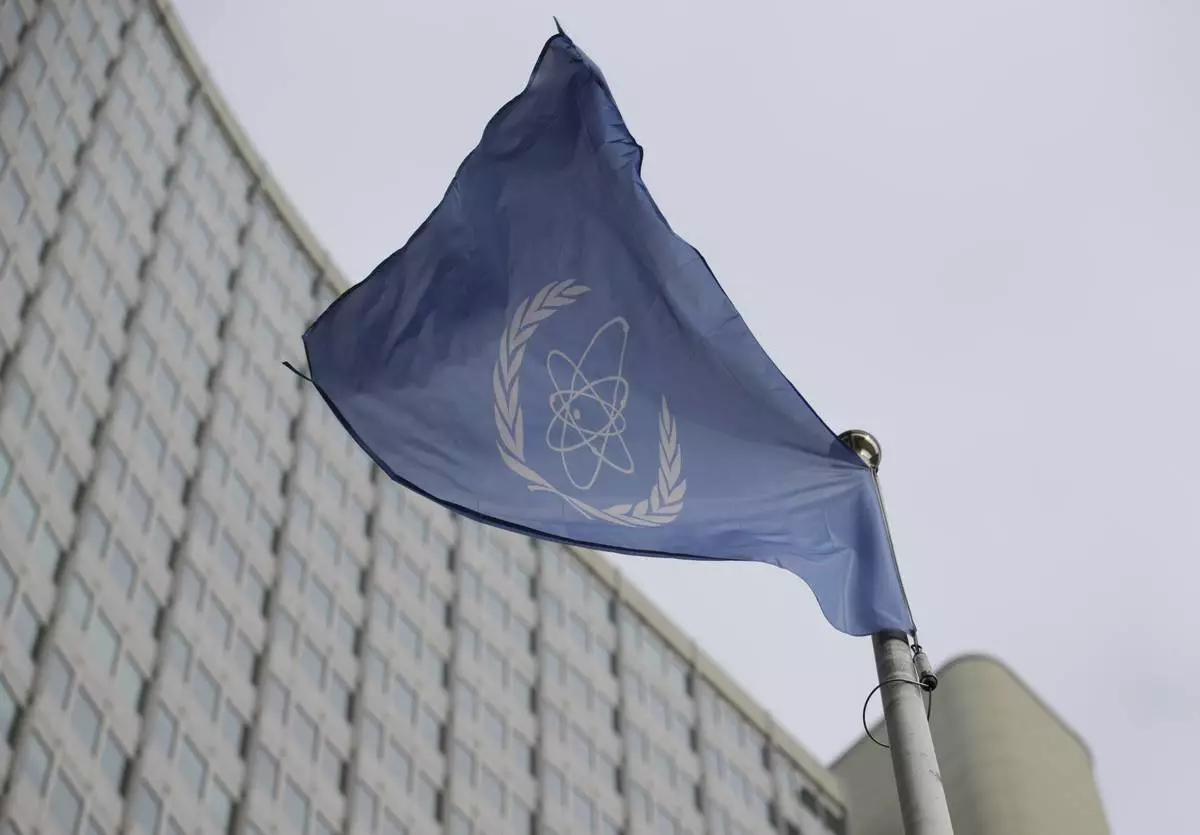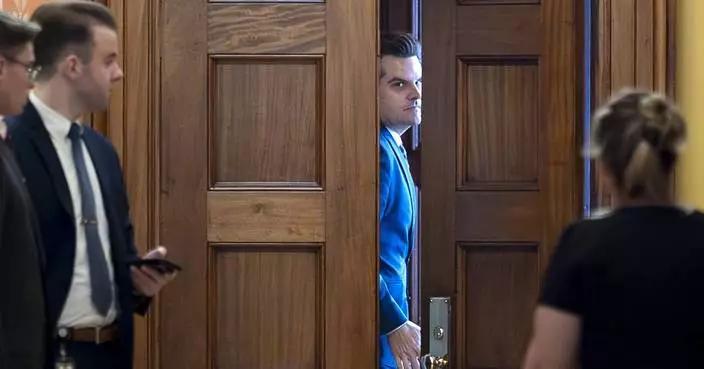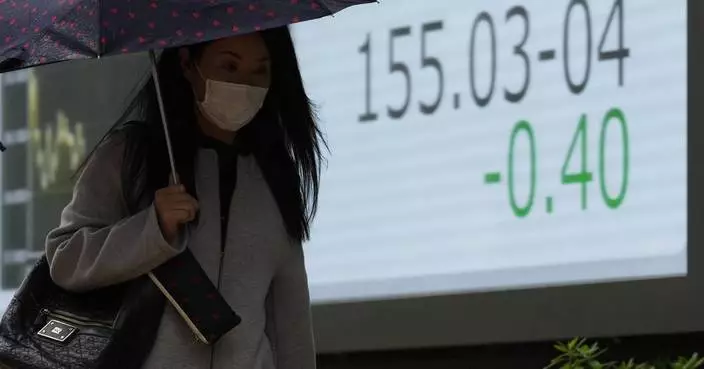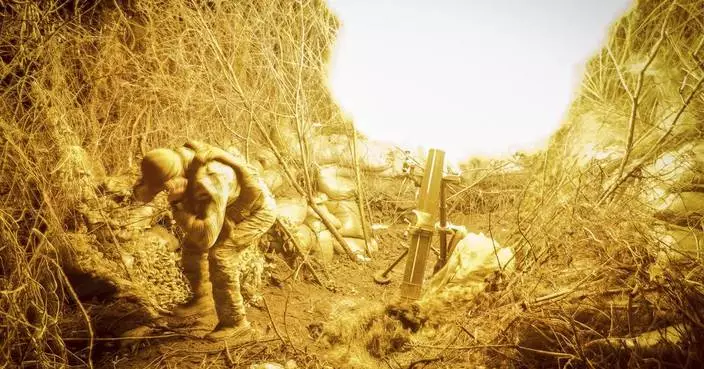GREEN LAKE, Wis. (AP) — A Wisconsin man who faked his own drowning this summer so he could abandon his wife and three children has been communicating with authorities daily from Eastern Europe, even telling them how he did it, but has not committed to returning home, a sheriff said Thursday.
Ryan Borgwardt has been talking with authorities since Nov. 11 after disappearing for three months, Green Lake County Sheriff Mark Podoll said at a news conference. The sheriff later showed a video that Borgwardt had sent the sheriff's office that day.
“The great news is we know that he is alive and well,” Podoll said. “The bad news is we don’t know where Ryan exactly is, and he has not yet decided to return home.”
Borgwardt, wearing an orange T-shirt and not smiling, looked directly into the camera in the video, which appears to have been taken on his phone. Borgwardt said he was in his apartment and briefly panned the camera but mostly showed just a door and bare walls.
“I’m safe and secure, no problem,” Borgwardt said. “I hope this works.”
Borgwardt told authorities he fled because of “personal matters," the sheriff said. Podoll did not elaborate.
“He was just going to try and make things better in his mind, and this was the way it was going to be,” Podoll said.
Borgwardt told authorities he traveled about 50 miles (80 kilometers) from his home in Watertown to Green Lake, where he overturned his kayak, dumped his phone in the lake and then paddled an inflatable boat to shore. He told authorities he picked that lake because it's the deepest in Wisconsin at 237 feet (over 72 meters).
After leaving the lake, he rode an electric bike about 70 miles (110 kilometers) through the night to Madison, the sheriff said. From there, he took a bus to Detroit, then boarded a bus to Canada and got on a plane there, the sheriff said.
Police were still verifying Borgwardt’s description of what happened, Podoll said.
The sheriff suggested Borgwardt could be charged with obstructing the investigation into his disappearance, but so far no counts have been filed. The sheriff's office said the search for Borgwardt's body, which lasted more than a month, cost at least $35,000. Podoll said that Borgwardt told authorities that he didn't expect the search to last more than two weeks.
Whether Borgwardt returns will be up to his “free will," Podoll said. Borgwardt’s biggest concern about returning is how the community will react, the sheriff said.
“He thought his plan was going to pan out, but it didn’t go the way he had planned,” the sheriff said. “And so now we’re trying to give him a different plan to come back.”
The sheriff said authorities “keep pulling at his heartstrings” to return home.
“Christmas is coming," Podoll said. “And what better gift could your kids get than to be there for Christmas?”
Borgwardt’s disappearance was first investigated as a possible drowning after he went kayaking on Green Lake, about 100 miles (160 kilometers) northwest of Milwaukee, in August. But subsequent clues — including that he obtained a new passport three months before he disappeared — led investigators to speculate that he faked his death to meet up with a woman he had been communicating with in Uzbekistan, a former Soviet republic in Central Asia.
The sheriff declined to comment when asked what he knew about the woman, but he said police contacted Borgwardt “through a female that spoke Russian.”
Prior to the sheriff's office speaking with Borgwardt last week, he had not been heard from since the night of Aug. 11 when he texted his wife in Watertown shortly before 11 p.m., saying he was headed to shore after kayaking.
Deputies located his vehicle and trailer near the lake. They also found his overturned kayak with a life jacket attached to it in an area where the lake’s waters run more than 200 feet (60 meters) deep. The search for his body went on for more than 50 days, with divers on several occasions exploring the lake.
In early October, the sheriff’s department learned that Canadian law enforcement authorities had run Borgwardt’s name through their databases the day after he was reported missing. Further investigation revealed that he had reported his passport lost or stolen and had obtained a new one in May.
The sheriff's office said the analysis of a laptop revealed a digital trail that showed Borgwardt planned to head to Europe and tried to mislead investigators.
The laptop’s hard drive had been replaced and the browsers had been cleared the day Borgwardt disappeared, the sheriff's office said. Investigators found passport photos, inquiries about moving money to foreign banks, and communication with a woman from Uzbekistan.
They also discovered that he took out a $375,000 life insurance policy in January, although the policy was for his family and not him, the sheriff said.
Authorities tried every phone number and email address on the laptop in “a blitz fashion,” Podoll said. They eventually reached the Russian-speaking woman, who connected them with Borgwardt. It's unclear whether she is the woman in Uzbekistan.
Podoll said he wasn't sure how Borgwardt was supporting himself but speculated he has a job: “He's a smart guy.”
Associated Press writer Scott Bauer in Madison contributed to this report.
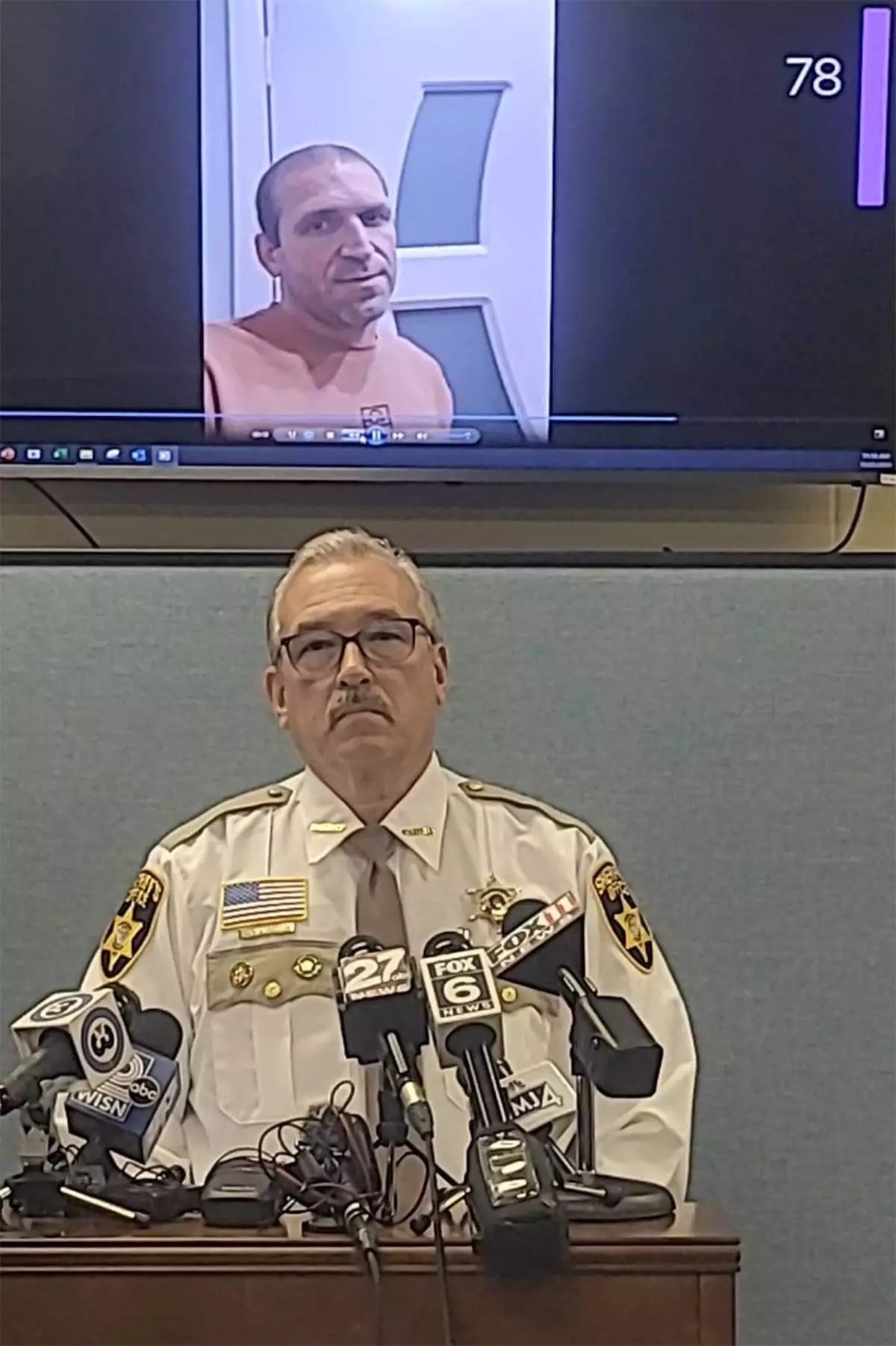
This still image provided by Green Lake County Sheriff's Office, Sheriff Mark Podoll holds a news conference regarding Ryan Borgwardt, who faked his own drowning this summer, on Thursday, Nov. 21, 2024 in Green Lake, Wis. (Green Lake County Sheriff's Office via AP)

This still image provided by Green Lake County Sheriff's Office, Sheriff Mark Podoll holds a news conference regarding Ryan Borgwardt, who faked his own drowning this summer on Thursday, Nov. 21, 2024 in Green Lake, Wis. (Green Lake County Sheriff's Office via AP)
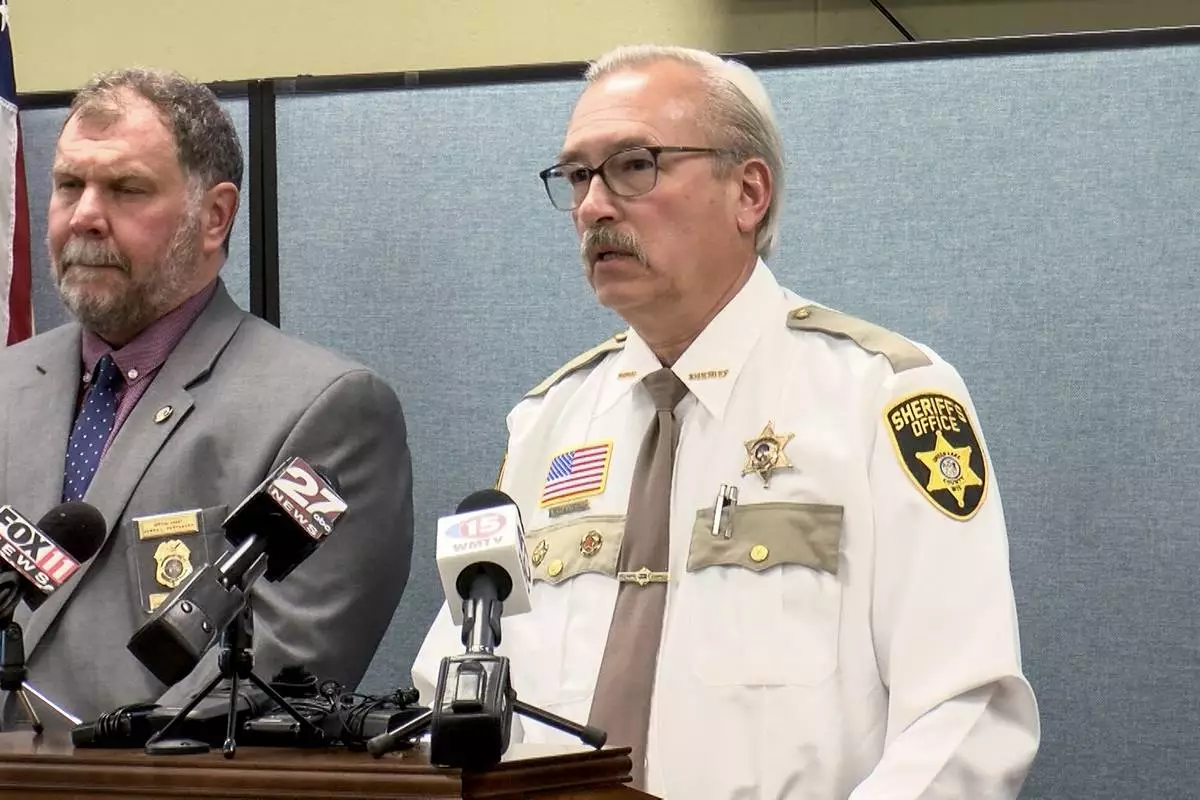
This image made from a WKOW video shows Green Lake County Sheriff Mark Podoll speaking at a news conference Friday, Nov. 8, 2024, about authorities' belief that a Wisconsin man faked his own drowning this summer so he could abandon his family and flee to eastern Europe. (WKOW via AP)


